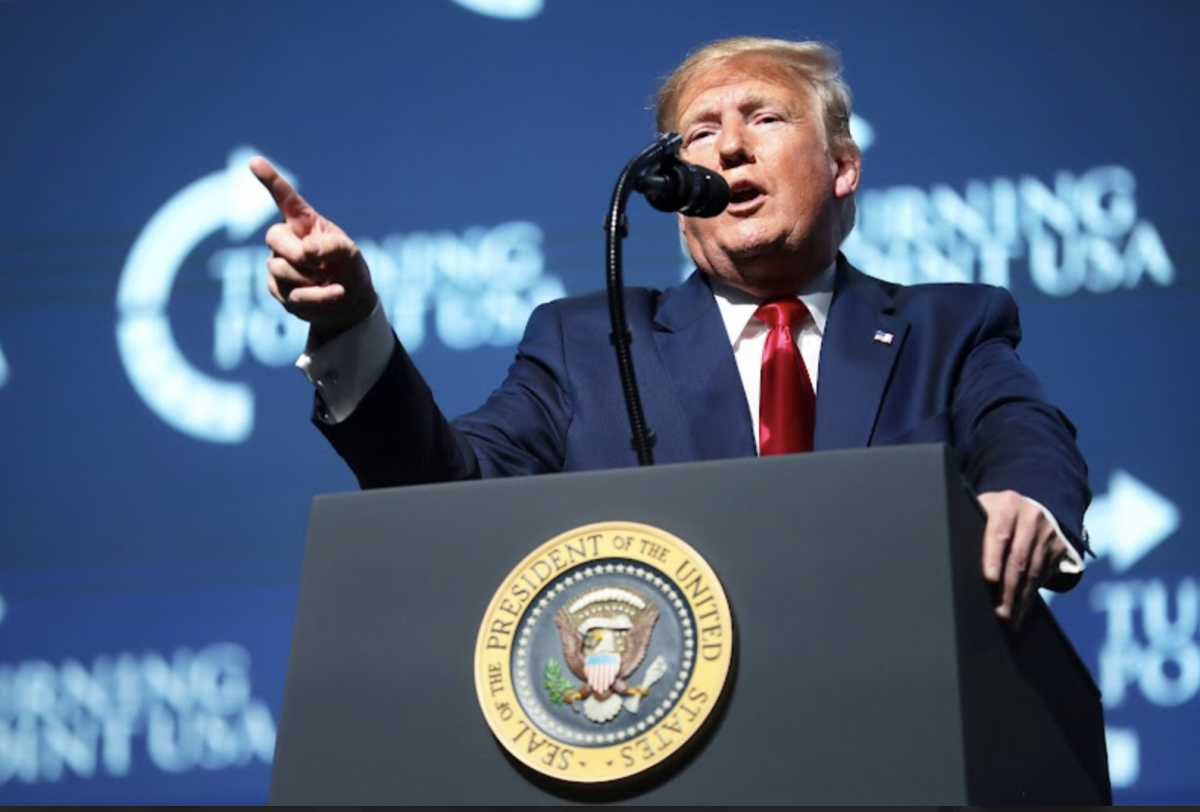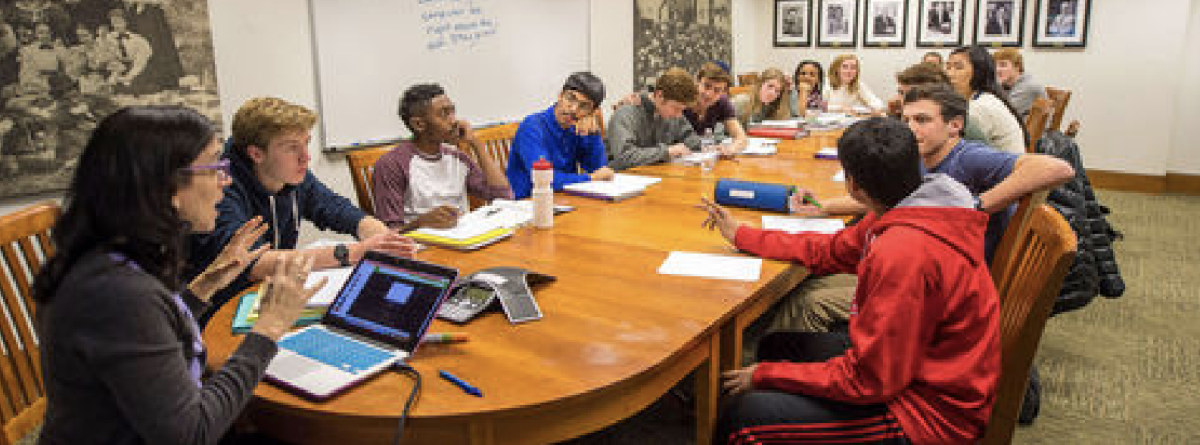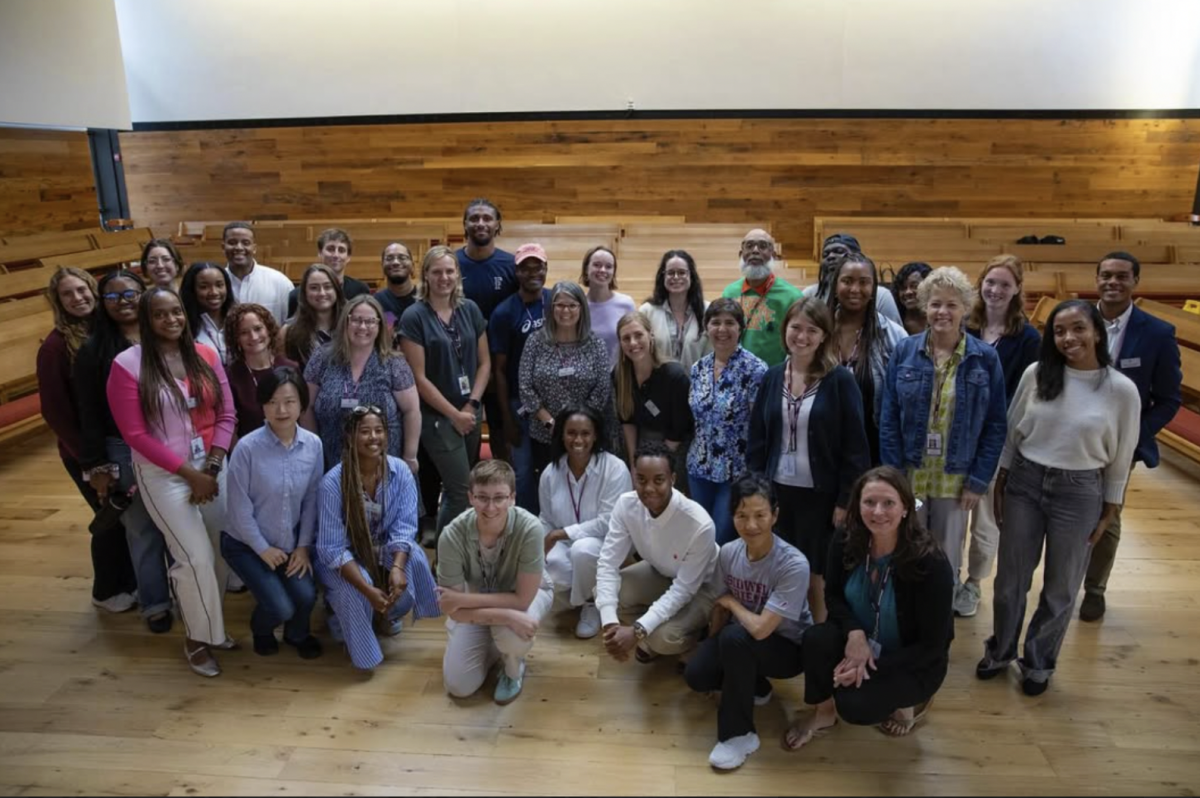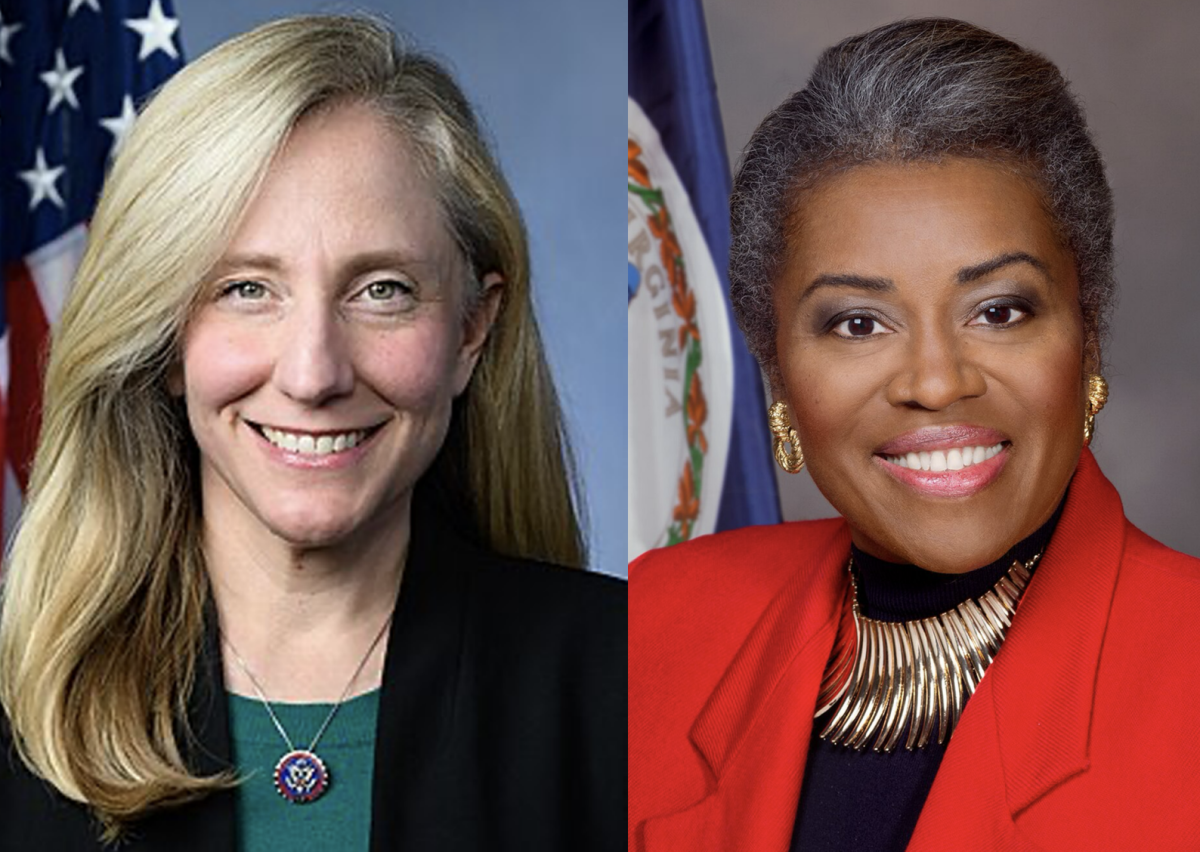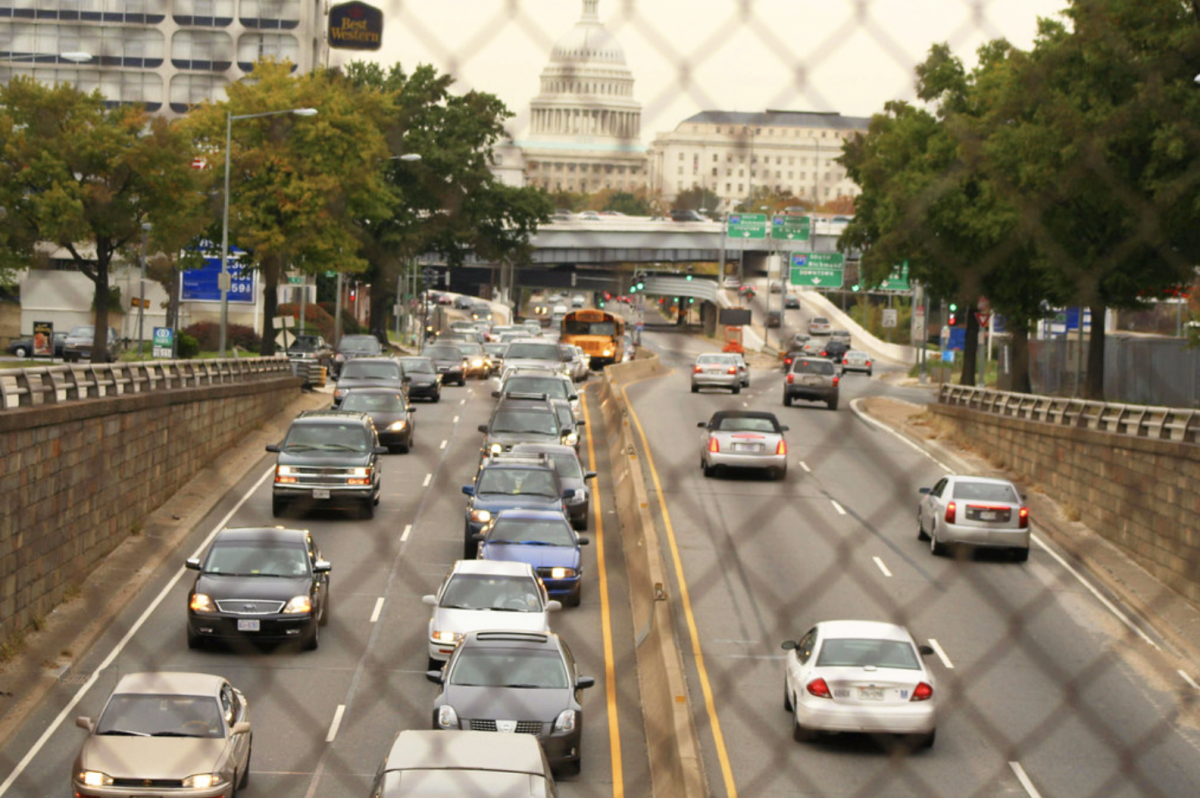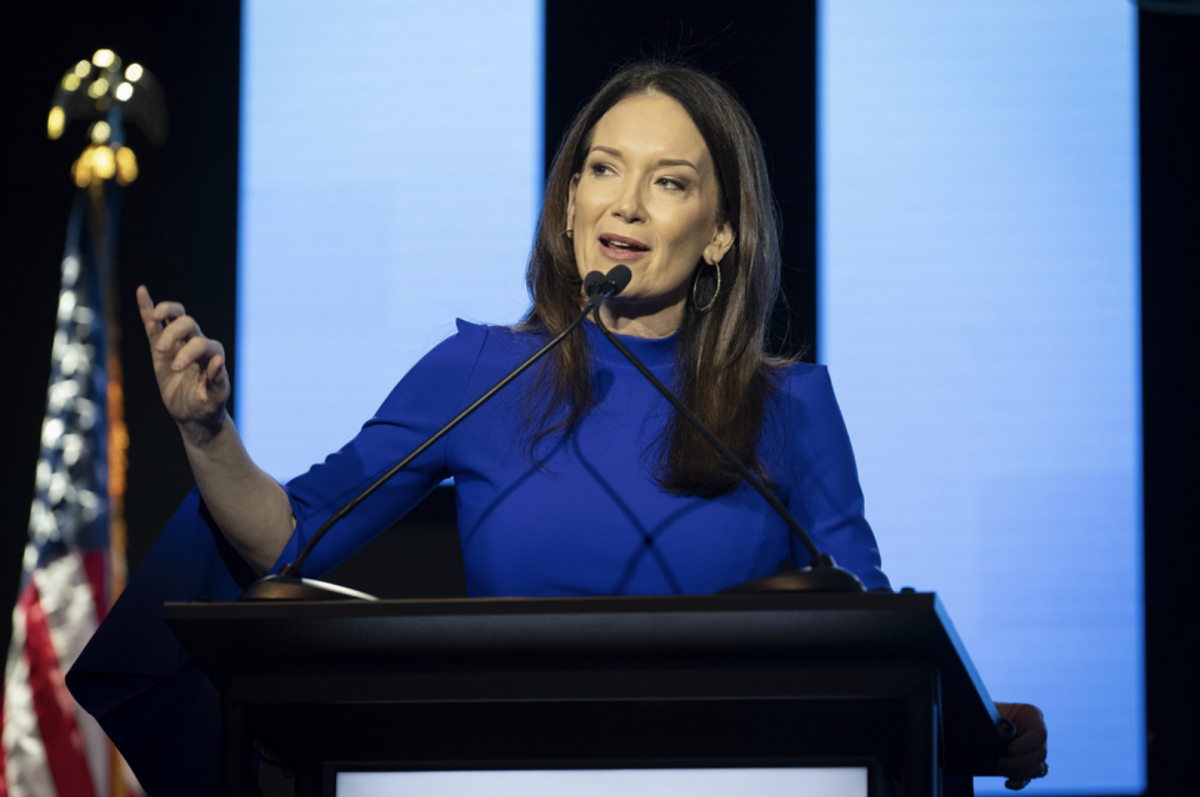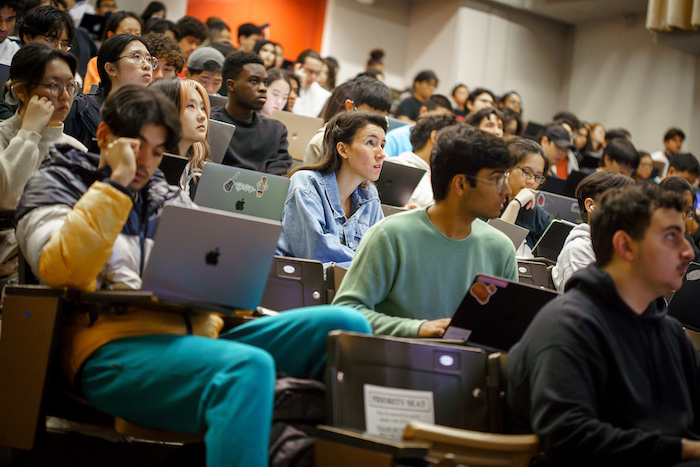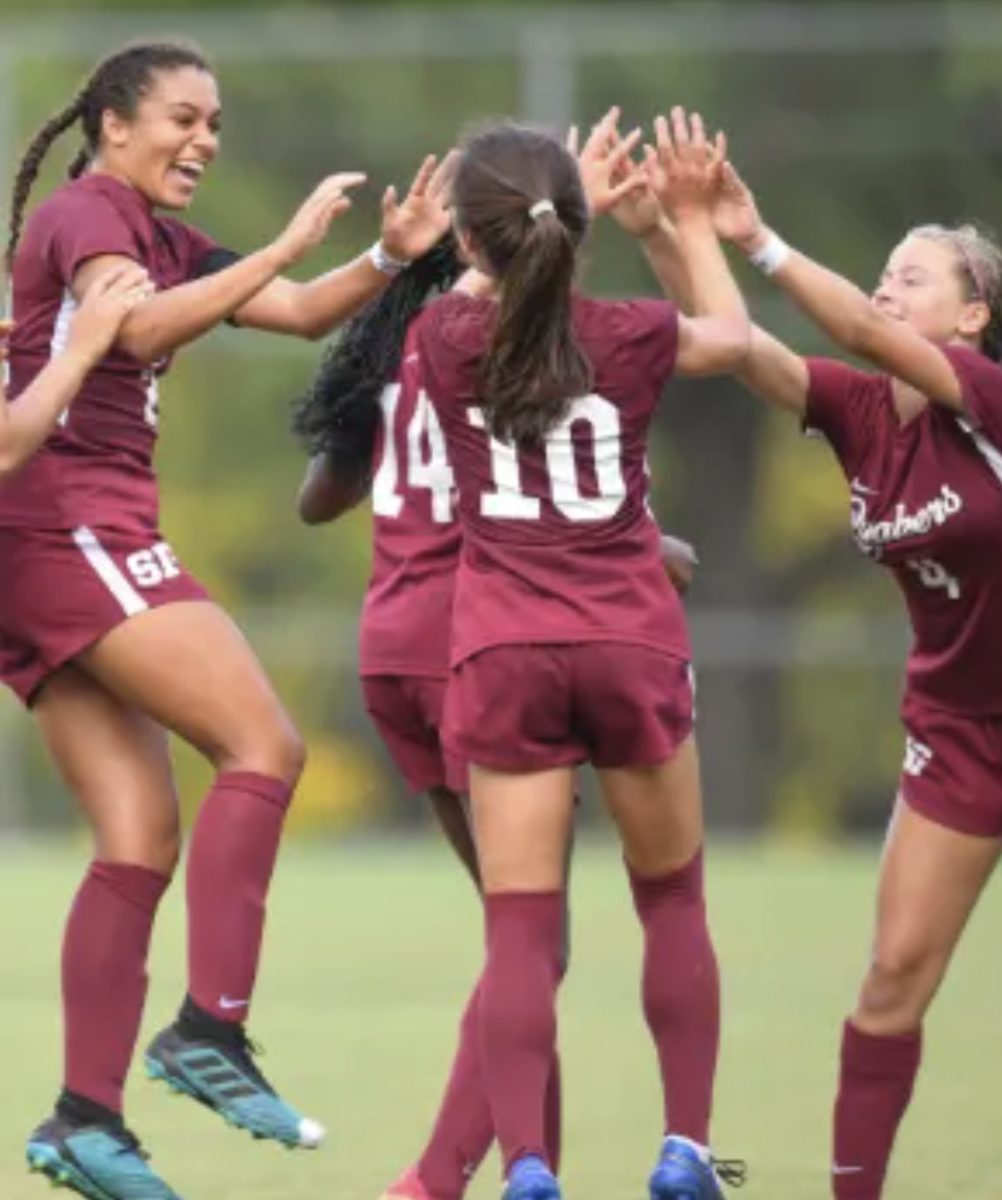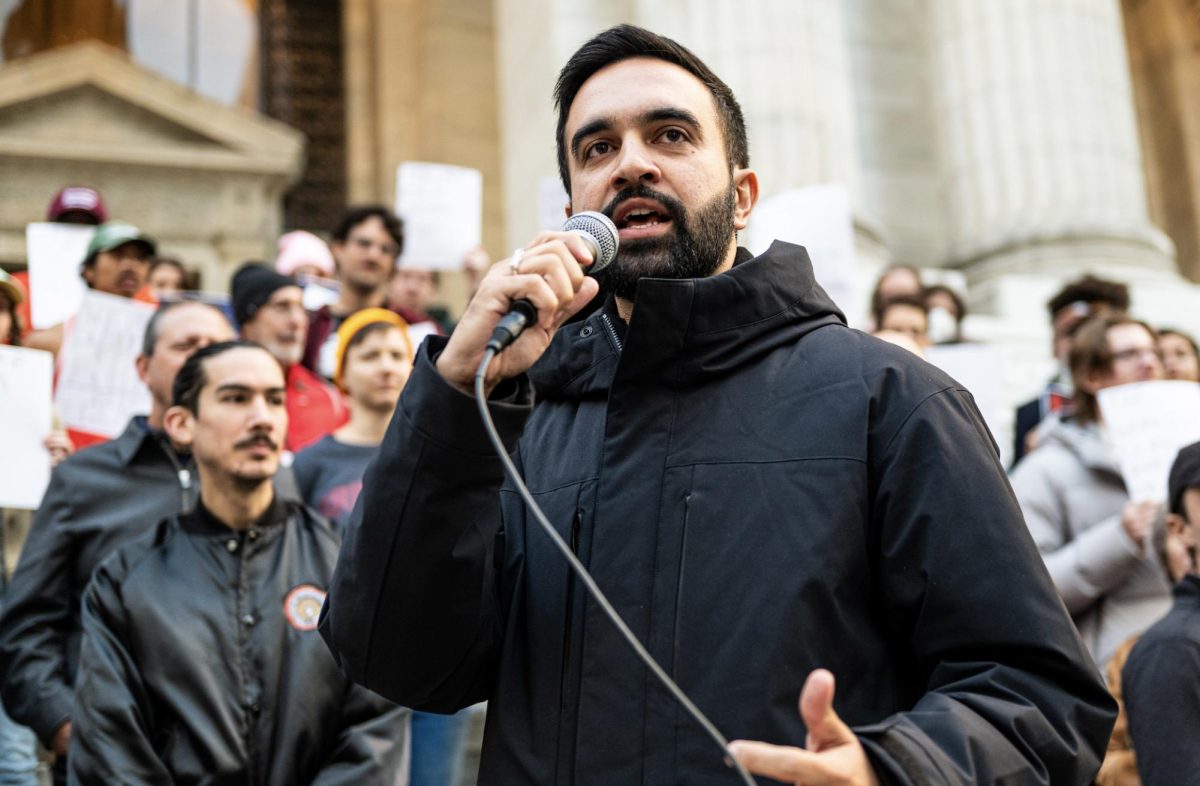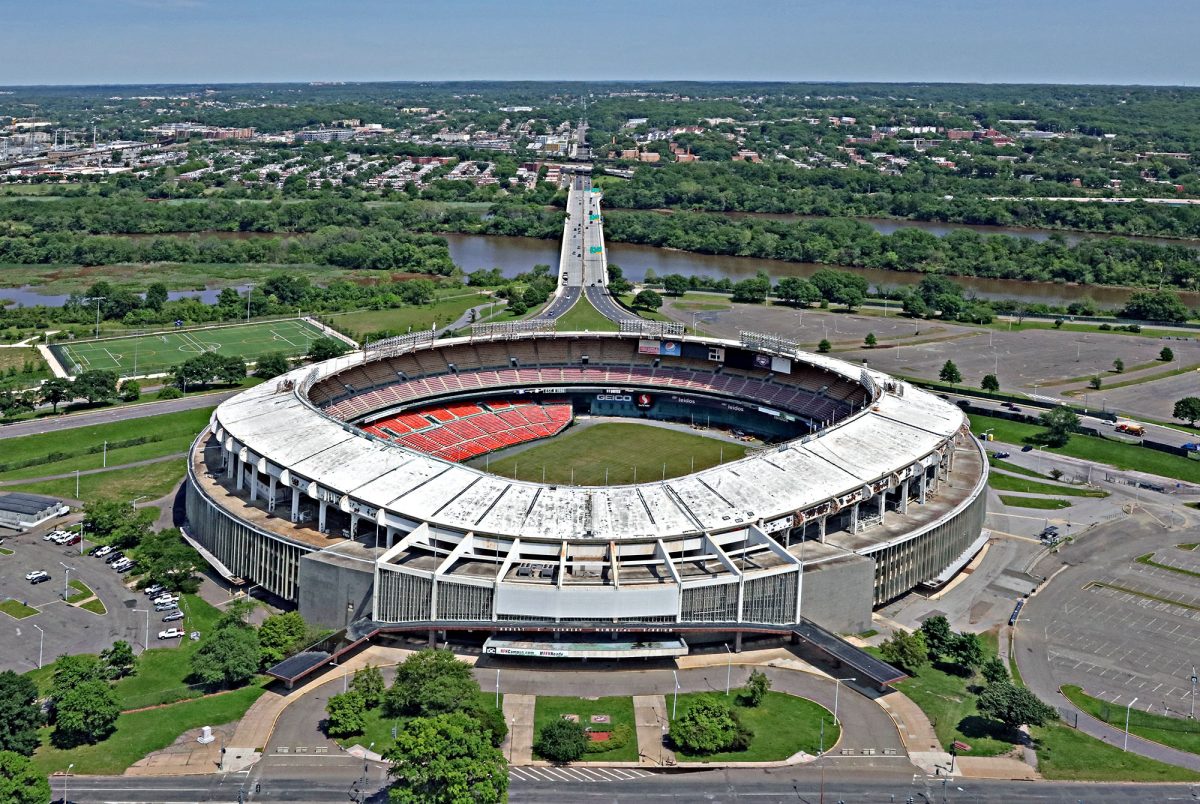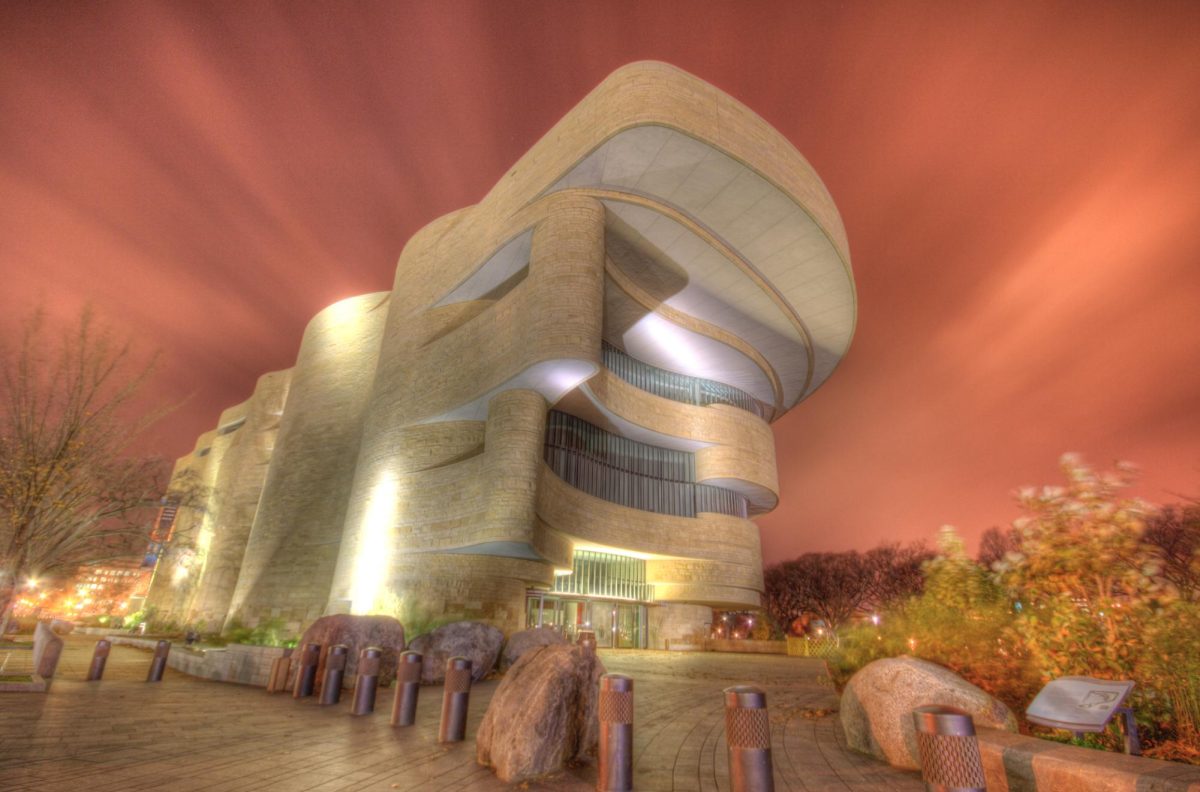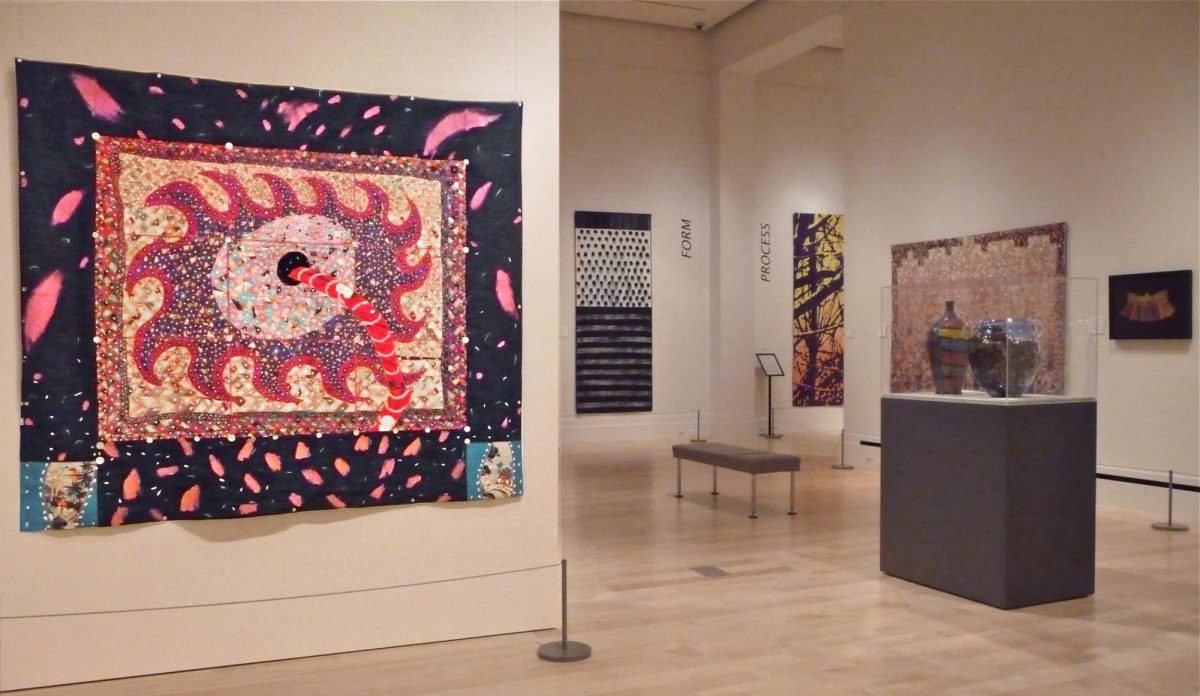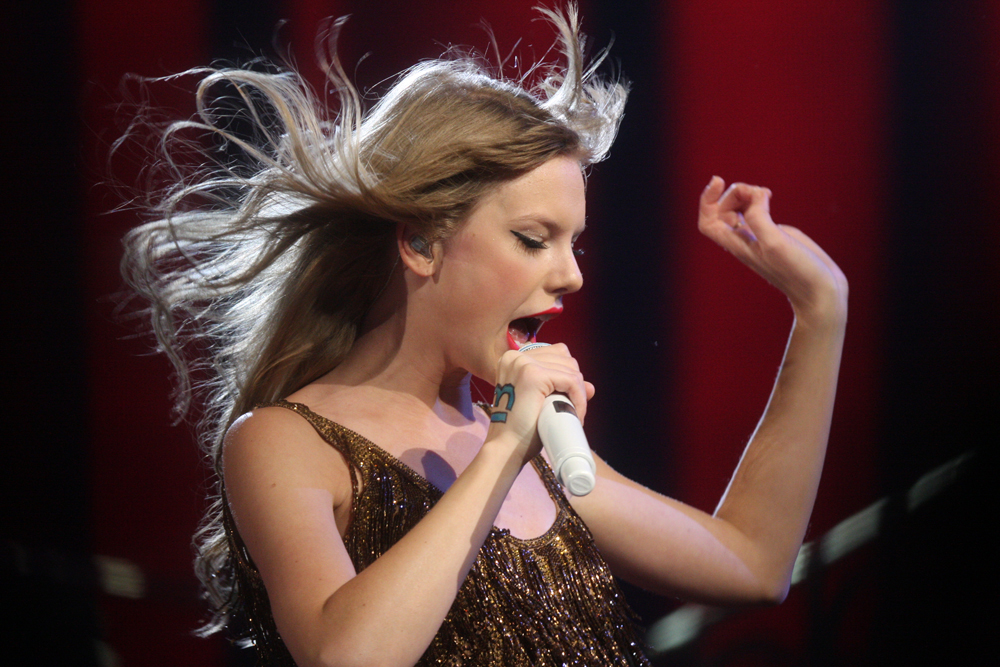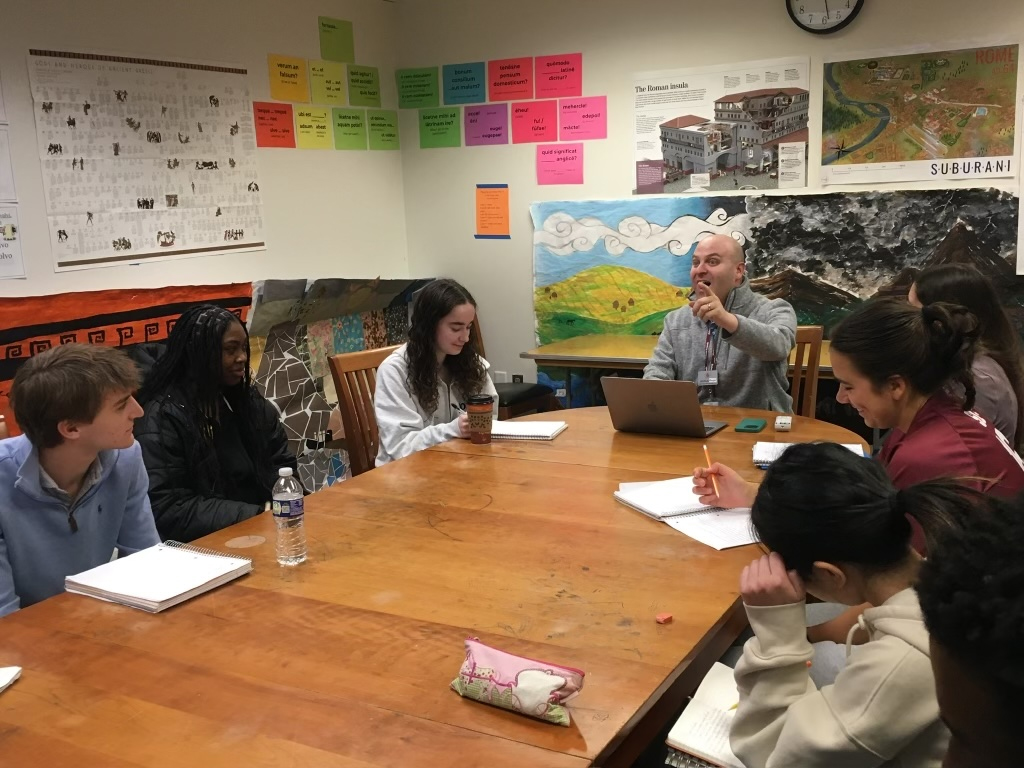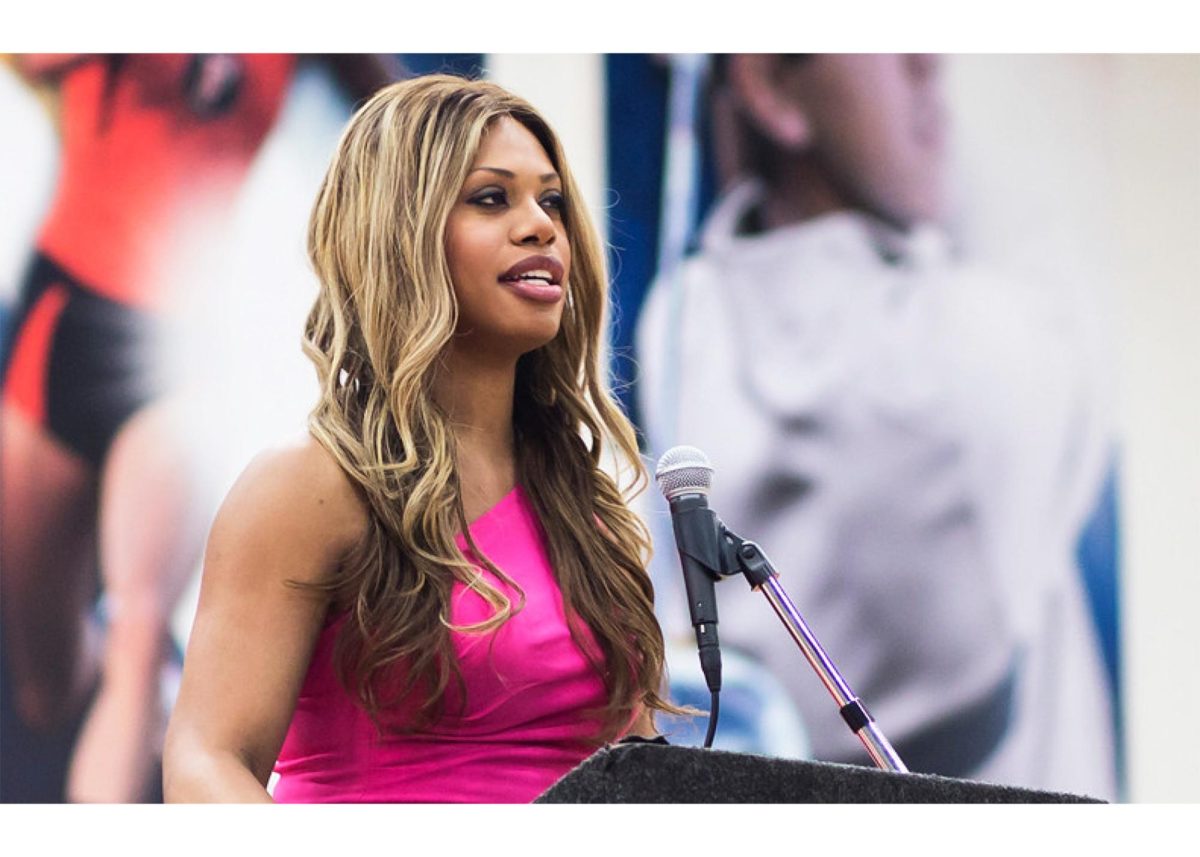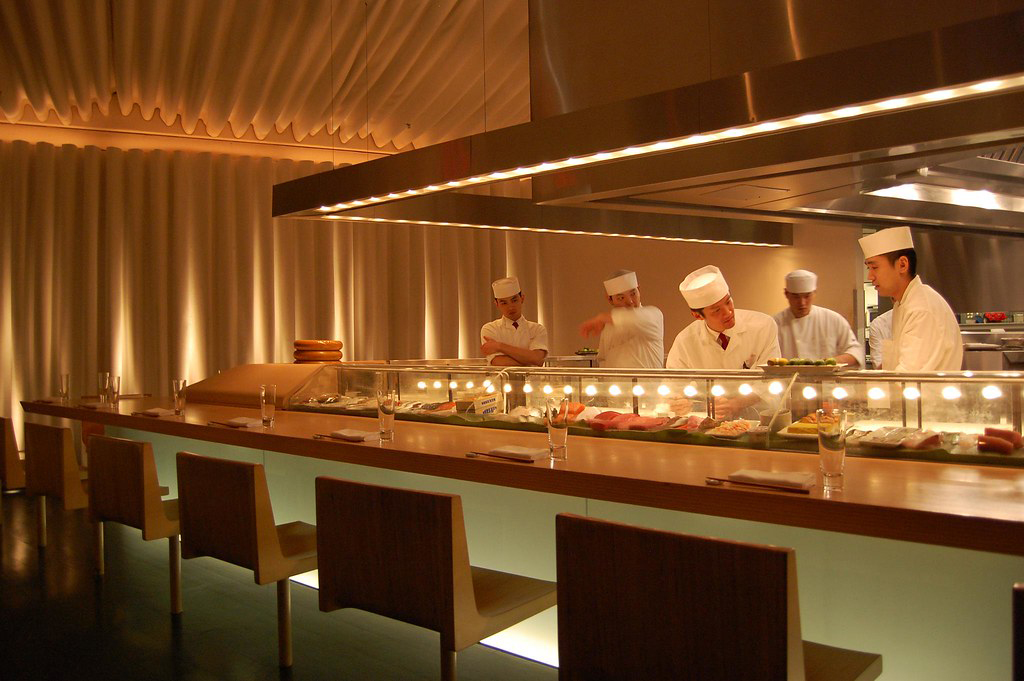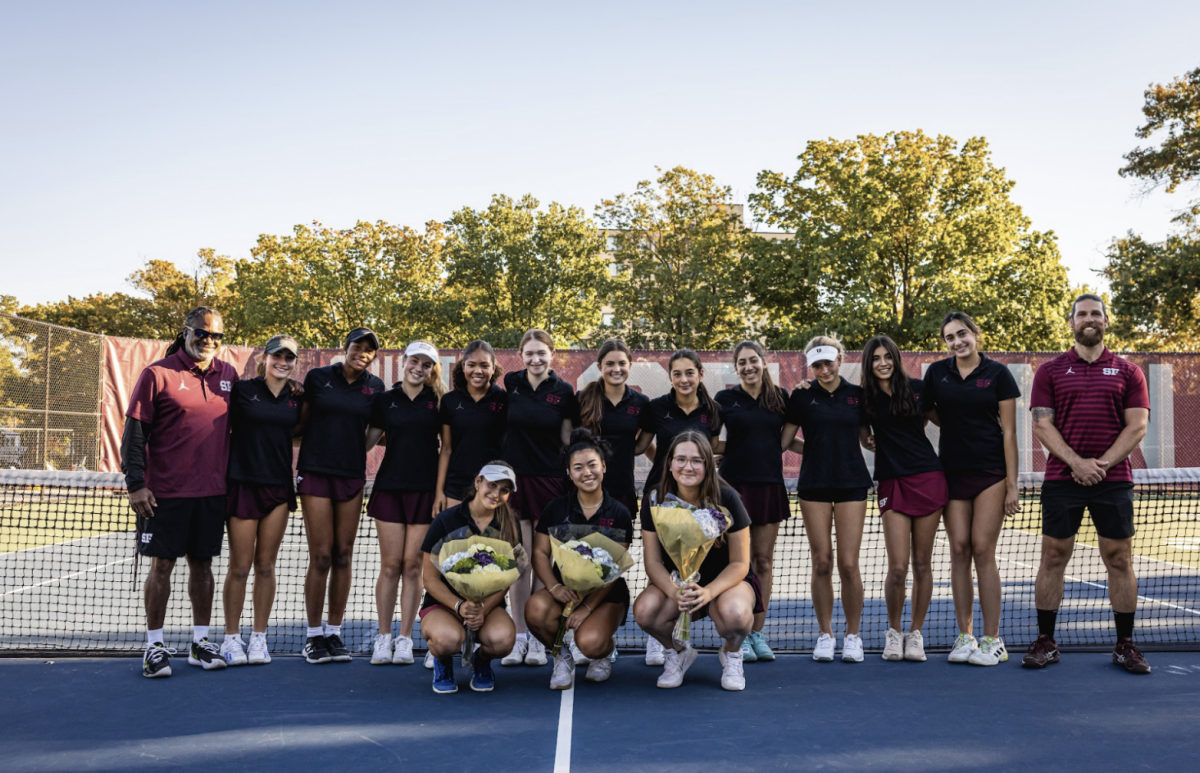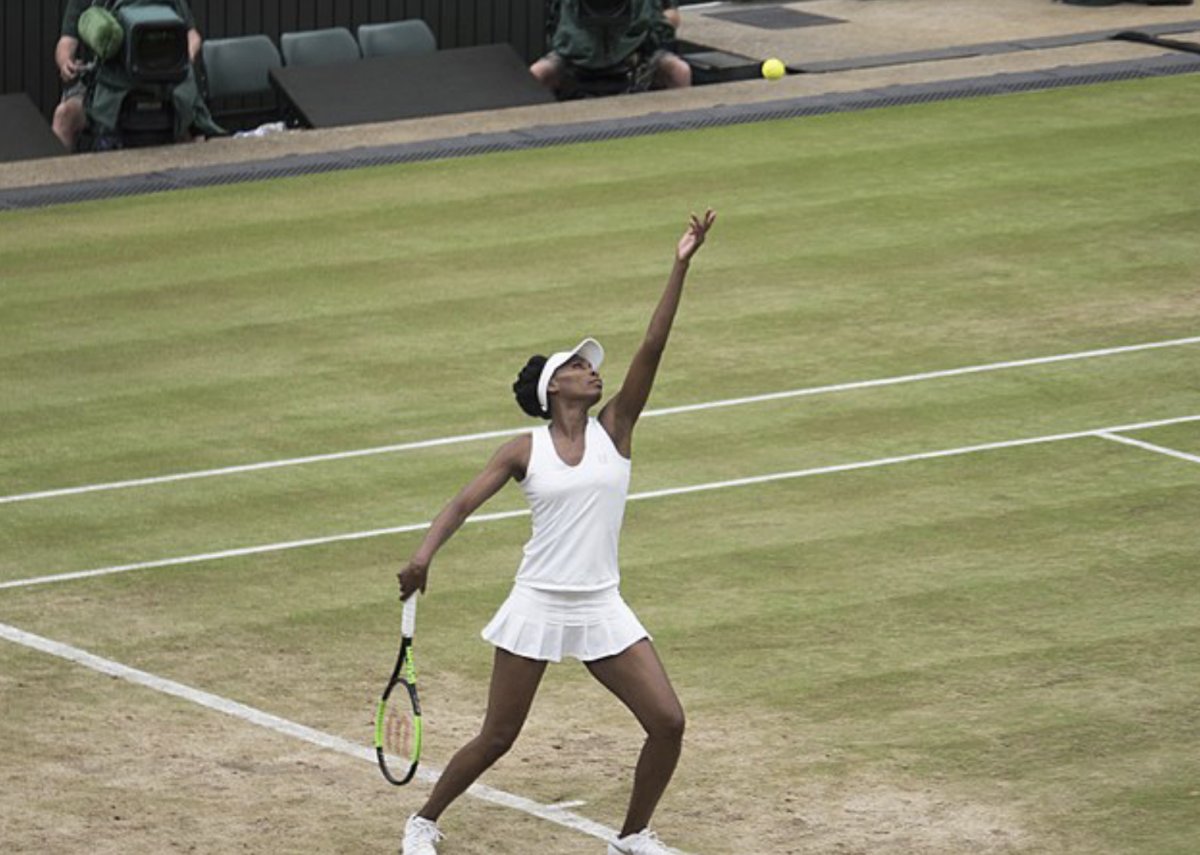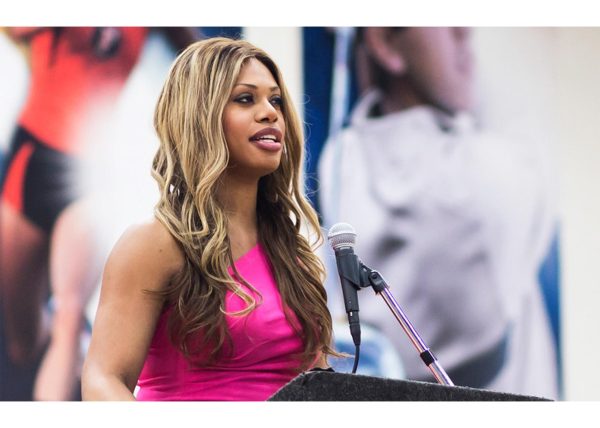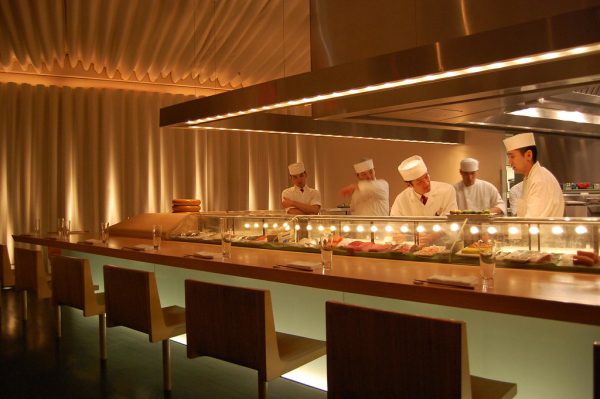National Museum of Asian Art Celebrates AAPI Month
The Centennial Asian Pacific American Heritage Month Festival celebrated Asian culture, food and music. Photo: TimothyJ via Flickr.
On May 1, the National Museum of Asian Art held a two-week celebration of the institution’s 100th anniversary, sponsored by the Bank of America. Taking place at the start of Asian American and Pacific Islander (AAPI) Heritage Month, the event is centered around Asian culture, food and music and will occur annually until 2027.
In a statement to the Smithsonian, Bank of America Global Arts, Culture and Heritage Executive Brian Siegel explained that the bank supports the festival because “[t]hese celebrations will bring people from all walks of life together in our nation’s capital to celebrate the Middle East, Asian and Asian-American artists whose stories and unique perspectives enrich our lives.”
Museum Director Chase F. Robinson explained in an interview with Forbes that the event was “part of the museum’s effort to become more welcoming, to become even more accessible, to reach audiences that wouldn’t necessarily come inside an Asian art museum.”
The festivities not only allowed the museum to bring their wide collection of Asian art to a wider audience, but it featured less conventional art forms as well. This included music from a wide range of East Asian, South Asian and Middle Eastern countries, culturally significant food from all around the world and short films produced by a variety of small producers.
Lunch from a number of Asian vendors was available each weekday, representing various cultures from AAPI communities. Visitors could sit down by the plaza and enjoy Hawaiian delicacies or Malay sate.
Tours were organized daily, each exploring a different region’s artistic tradition. Tours highlighted art from countries all over Asia, including Egypt, Yemen, the Himalayas and Southeast Asian countries. Tours featured Islamic art heavily, as the museum spent two days of tours exploring Arabic speaking and Arabic influenced regions.
Speakers discussed the place of Asian and Asian-American identity in the modern world, with topics including fashion, living in the new digital age and the rise of East Asian culture across the world. The panels posed larger questions around the split between diaspora and the mainland, tracing shared experiences and contrasting differences. The events aimed to demonstrate the wide diversity of Asian communities, using immersive video and audio technology to connect visitors to the current reality of Asians in communities spanning every continent.
Music played a large role in the celebration. The shows featured traditional styles, such as Nusantara Budaya’s Javanese wayang wong performances and the Somapa Thai dance company, as well as more modern concerts. The festival culminated in a concert that took place on May 13, featuring Korean-American singer-songwriter Eric Nam and Indian-American singer-songwriter and actress Raveena.
Overall, the festival allowed the museum to explore equally vital and expansive aspects of Asian culture such as dance and song by bringing together communities to celebrate Asian culture and artists.


